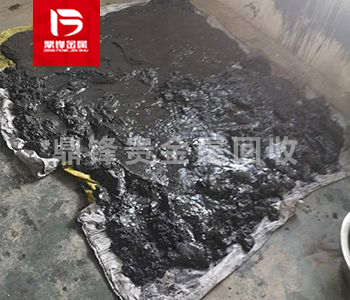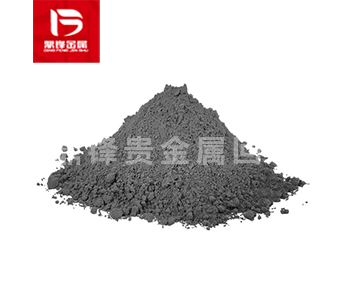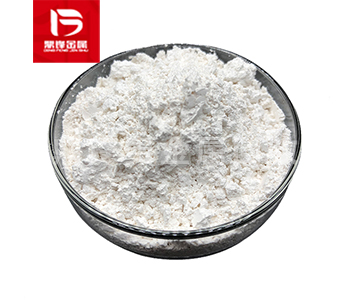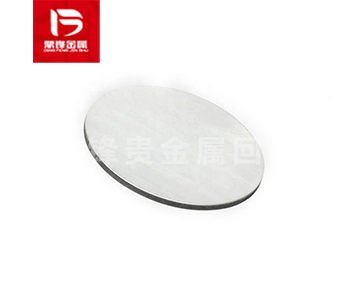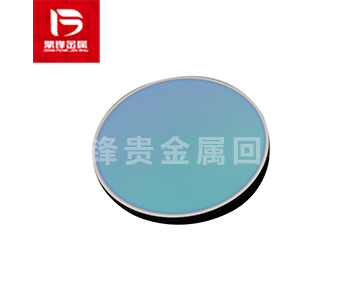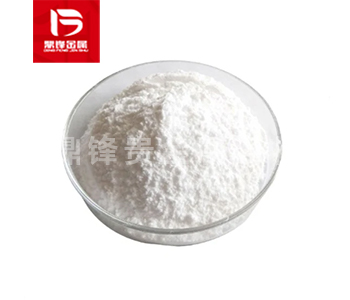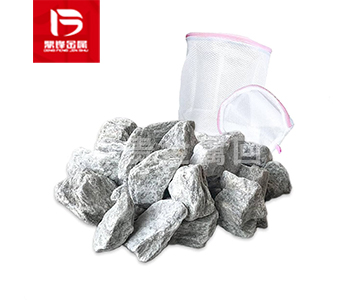Recycling germanium from germanium scrap
Germanium (chemical symbol: Ge) is a rare metal with important application value. It is widely used in electronics, fiber optic communications, optical instruments, and solar cells. With the continuous advancement of science and technology, the demand for germanium is increasing, and with the increase in usage, the accumulation of germanium waste has become an issue that cannot be ignored. In order to ensure the sustainable use of germanium resources, it is particularly important to recover and refine germanium metal from germanium waste.
Germanium properties and applications
Germanium is a metal with semiconductor properties, with good conductivity and thermal stability. This makes germanium important in the electronics industry. The most common applications include:
Fiber optic communications: Germanium is used as the core material of fiber amplifiers, which can greatly improve the speed and quality of signal transmission.
Infrared lenses and optical instruments: Germanium has excellent infrared transmittance, so it is widely used in military, medical imaging and security fields.
Solar cells: Germanium plays a key role in the manufacture of high-efficiency solar cells, especially in multi-junction solar cells, where it can improve energy conversion efficiency.
The supply of germanium is relatively limited, mainly extracted through zinc ore and coal byproducts. Due to the scarcity and high demand of germanium, recycling germanium is particularly important.
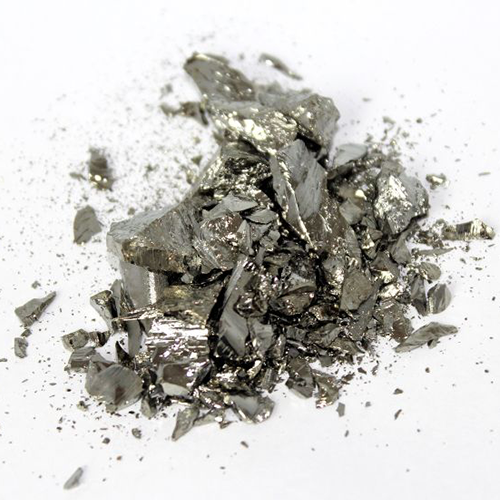
Sources of Germanium Waste
Germanium waste mainly comes from waste generated during the use of germanium. With the development of science and technology, germanium is widely used in various devices, including electronic components, optical devices and semiconductor materials. The types of germanium waste mainly include:
Electronic waste: Old electronic devices, such as computers, mobile phones, televisions, etc., release germanium during use, especially in the application of optical fiber communication and semiconductor materials.
Industrial waste: Such as germanium waste in metallurgical and chemical processes. These wastes usually contain trace elements of germanium, and after proper treatment, germanium can be effectively recycled.
Production waste: For example, residues generated during cutting, grinding and refining during the processing of germanium metal.
Recycling these wastes not only helps to reduce the waste of germanium, but also reduces the need to mine new germanium ore resources.
Necessity of Germanium Recovery
As a rare metal, germanium faces problems such as resource shortage and environmental pollution. Traditional methods of germanium extraction rely on mineral mining, but this method has a serious impact on the environment. Mineral mining can damage the land and cause ecological imbalance; the extraction process of germanium requires a lot of energy consumption and produces harmful wastewater and exhaust gas.
By recycling germanium waste, it can not only reduce environmental pollution, but also greatly save energy and reduce production costs. This is of great significance to the sustainable development of germanium.
Technical methods for germanium recycling
The process of germanium recycling generally includes several steps: waste collection, pretreatment, extraction and refining. Each step requires professional technology and equipment to ensure the recycling efficiency and purity of germanium.
Waste collection and pretreatment: The first step in the recycling process is the collection of waste. Due to the wide variety of germanium waste, it must be classified according to different sources. For electronic waste, it is usually necessary to disassemble it first and extract the germanium-containing part. For industrial waste, it needs to be crushed and separated for subsequent treatment.
Extraction of germanium: Traditional methods for extracting germanium mainly include chemical leaching and physical methods. Chemical leaching is to use chemical solvents such as acid and alkali to dissolve germanium and extract it from waste. Commonly used solvents include sulfuric acid, chloric acid, etc. Physical methods mainly separate germanium from other metals by high-temperature smelting or evaporation.
Refining: The extracted germanium metal usually contains other impurities, so it needs to be refined to improve its purity. Common refining methods include electrolytic refining and smelting refining. Electrolytic refining is a method of separating germanium from other metals using electrolytic reactions. This method can improve the purity of germanium to meet the requirements of industrial use.
Application after recovery: Refined germanium can be used to make high-purity germanium materials, which are widely used in electronics, optics, and energy. Through effective recycling and refining technology, the supply of germanium can be guaranteed and the dependence on new mineral resources can be reduced.
Challenges of Germanium Recycling
Germanium recycling has significant advantages, but it still faces some challenges in actual operation. The source and content of germanium waste are unstable, resulting in low recycling efficiency. The recovery process of germanium requires a lot of chemical and physical treatment, and there is a high technical threshold. The recovery process of germanium may also be affected by factors such as cost and market demand.
In order to meet these challenges, many research institutions and enterprises are constantly exploring new recycling technologies, striving to improve the recovery rate of germanium and reduce the recycling cost. For example, by optimizing the extraction and refining process, developing new solvents and catalysts, etc., it is expected to improve the efficiency and purity of germanium recovery.
Future development of germanium recycling
With the continuous growth of germanium demand, germanium recycling will become an important development direction in the future. In order to ensure the sustainable supply of germanium resources, it is necessary to promote the innovation and popularization of germanium recycling technology. By further improving the recycling process and expanding the recycling scale, we can reduce resource waste and environmental pollution, and contribute to the sustainable development of society.



